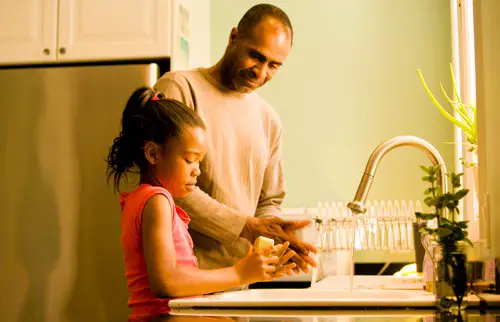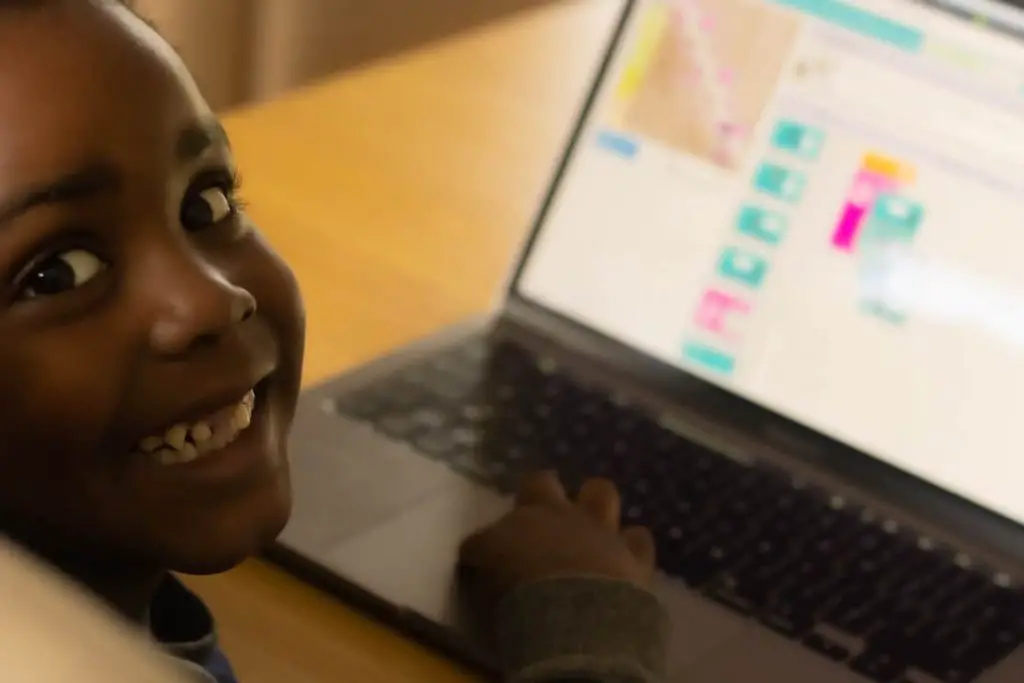Homeschooling is no easy feat. It starts to get even harder when you throw a toddler into the mix, who’s wants and needs are suddenly bigger and more urgent than anybody else in the household. Toddlers, as lovely as they are, come with terrorist lists of demands, frequent and fast. They want food, they are thirsty, they want hugs and to be held whilst you are preparing the other things on the list.
And, when just they are quiet… they are up to something. Something that is probably going to take a while to clean up. Meanwhile, your mature pre-schooler is patiently waiting for you to be released from duty temporarily to help them with their task. This goes on throughout the day until suddenly, a wave of fatigue flows over you and it is only 11 am…
As mothers, we tend to put everybody else’s needs first and our own on the backburner. Sometimes we forget to eat or, for whatever reason, didn’t get enough sleep at night.
Either way, the show must go on!
It is great to be that superwoman, giving everything you have got, making sure everybody is happy and fed, being a brilliant parent-teacher and helping your child smash all of these developmental milestones, but what happens when you burn out?
Sometimes you just have to take a step back, and chill.
You are allowed to be tired. You are allowed to want a break and some me-time. You are allowed to let your toddler have a 5-minute tantrum while you prepare a sandwich for yourself… And guess what happens when you put the TV on for a whole hour, give the kids some biscuits and water and then close your eyes?
Nothing!
The show goes on!
You haven’t ruined them, you aren’t a bad mother, you are a human being. What’s more, you are a human being with a whole ‘nother human being growing inside of you, and they need you in good shape mentally and physically, too.
Mother-to-another-mother-with-preschooler-toddler-and-baby-on-the-way, here are some tips to continue homeschooling and keeping on top of those terrorist lists of demands all while trekking through pregnancy. Whether you are just trying to stay sane or trying to navigate educating multiple children at different levels, I am sure you will find something useful in this list – I certainly have.
1. Don’t feel bad about your extra use of technology.
If turning on the TV and leaving your kids to sit there like zombies for 6 hours straight is not your usual parenting style then you have no reason for feeling bad about allowing them a little extra time on a tablet on occasion. Try to utilise educational apps as much as possible. I find a good practice to change the settings on the tablet to limit screen-time on specific apps and leave the educational apps either untouched or with an extended time limit. I tell my son he needs to reach two new milestones on Reading Eggs and he is covered. Meanwhile, my toddler will happily watch a few short episodes of Daniel Tiger (or a compilation on Youtube) and be okay with that. This will just buy you an hour to relax and regroup.
Botley the Coding Robot Activity Set (EYFS & KS1/ Ages 5-9)
2. Have some activities planned out and give your older child the responsibility of moving on to the next task.

Sometimes I will lay out a huge sheet of paper on the table, get out the entire bucket of pastels, crayons, pencils and markers and give them to the task of filling the page. I will ask my pre-schooler to get the playdough out when they are done, this is also good for them as at this stage they want to feel more responsible. Being the big responsible sibling helping you out in your time of need is an excellent feeling and you can be sure that they will give it their all.
3. Documentaries are the ‘electronic babysitter’ nobody should be mad at.

Although this tip seems like yet another one telling you to ‘throw em in front of the screen’, it actually isn’t. What we usually do as a family activity is put on a documentary about an animal or insect of interest. For example, my little ones are crazy about things with 8 legs and lizards. They are also crazy about art and drawing. Put them together and you have an amazing nature art lesson. We study the insects and their characteristics and then we all draw them. This is yet again something they can get on with on their own while you fix a meal or take a nap. Additionally, this is one of those activities that you do not need to adapt for the younger ones.
4. Plan simplified lessons of whatever your older child is doing for your younger one.

I find that when my son is doing a worksheet, my two-year-old also wants to sit around the table and try her hand at a worksheet (literally) – we recently started playing around with pen control and she loved that. I then got them to design their own folders to put all of their work in. I printed off some patterns, cut up some squares, got the stencils and glue sticks out and they were occupied for ages.
5. Let them know how mummy is feeling.
After sitting on the floor playing with lego for ages, my pelvic girdle pain or relaxin-affected ligaments (cannot keep up), was playing up big time. I let them know mummy was in pain and needed to sit down. I also needed to sweep up. My littlest helper was very happy to run and get the dustpan and brush and sweep up herself. Mind you, they did fight about who would do the sweeping up first! After that, they came to console me and we shared a little cuddle. During my pregnancy so far the children have been really in tune and enjoy bonding with the bump, helping out knowing they are going to be big siblings. Let them help out whenever they can and want to – this will only continue after the baby arrives and these contribute hugely towards their emotional development.
6. Lean on your support network. Socialize!
Everybody doesn’t have a grandparent or aunty at the ready but building your network of like-minded homeschoolers, based on location, homeschooling style, cultural background, religious beliefs etc (you can do so with things like Facebook) will provide support and peace of mind. You are not alone, and being a part of a community will remind you of that. Sometimes you just need to talk to another homeschool mother and let the children go off and play. Socialising is great for everybody and you will all leave feeling renewed. Playdates often, whether in the park or at another parents house should be a big part of any home educators routine.
7. Ask the elder sibling to read to the toddler.

This is a great way to further develop the older ones reading skills whilst also instilling the love of reading into your toddler. Ever noticed how the toddler will pick up a book and imitate when they see their big brother or sister reading? This will only reinforce their love of reading as well as their sibling bond.
8. Scheduling activities
If your older child is happy with self-directed learning, plan out a variety of activities ahead of time, this is where keeping somewhat of a schedule makes sense. While I am not huge on schedules, simply because I am awful at following them, schedules can work wonders. Particularly if your schedule is activity-based, rather than time-based. An activity schedule will save you the, “oh what can they do?”, trouble. A table with stationary, a variety of workbooks and activity sheets couple with a child that gets to decide what they want to do first is a great way to go. This allows you to direct your attention to the smaller one so they don’t miss out on all of their age-appropriate learning. While the older one Is getting on with their activities you could do some sensory play, or fine motor skill development with the little one.
MEGA List of Free Math Resources For Homeschoolers!
9. Learning doesn’t only happen indoors!
If one of your issues is coming up with things to do, besides the multitude of online resources and free printouts and ideas, there is a whole world outside. Get out in nature, whatever the weather and explore. Pick up and study leaves, animals, climb trees, dig holes. Learning is not about memorising things (well, at least not in the home education world it isn’t) so do not limit your activities to classroom-type activities. You can do with some vitamin D and oxygen, too. Just pack a bag with some snacks and water and go for a walk.




